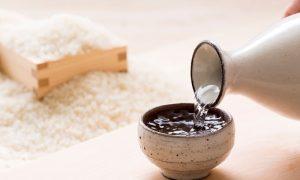
Exploring Suitable Substitutes for Cooking Sake in Japanese Cuisine
Japanese cuisine is known for its delicious taste and unique cooking techniques. One of the key ingredients in Japanese cooking is sake, a traditional Japanese

Japanese cuisine is known for its delicious taste and unique cooking techniques. One of the key ingredients in Japanese cooking is sake, a traditional Japanese
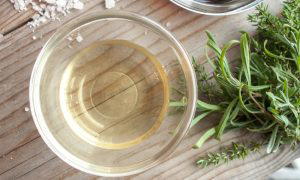
Welcome once again to the Boat Basin Café’s trove of culinary wisdom. Today, we’re answering a question we often get: “What can I substitute for
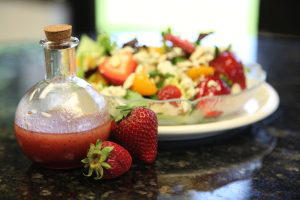
Has it ever happened to you that just when you were about to splash some white wine vinegar in a salad dressing, you found the

Shaoxing wine, also known as Chinese rice wine, is a staple ingredient in numerous Chinese dishes. Originating from the Shaoxing region in China, it infuses

Out of white wine? Don’t have time to go out to the store to get some? Check out our top 10 white wine alternatives to save some time!
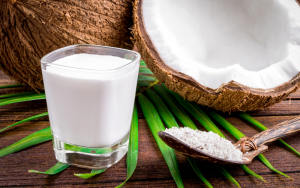
Did you know that you can achieve the same effect in your recipes by using coconut milk substitutes? Some of them offer better value and healthier benefits!
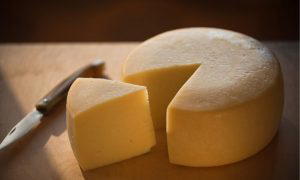
When you savor a bite of an Italian pasta dish adorned with a certain sharp and salty accent, chances are you’re experiencing the magic of

Picture this: you’re almost done cooking a fancy meal. However, there’s one big problem. You don’t have a major ingredient- red wine! What can you
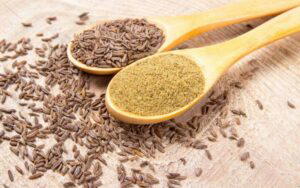
Cumin is a pretty potent spice that is found in many different kinds of cooking. However, if you don’t make curries or chili very often,

Ran out of mushrooms? Here are 24 great substitutes for mushrooms that will make your soup or pasta delicious without spoiling the taste or texture